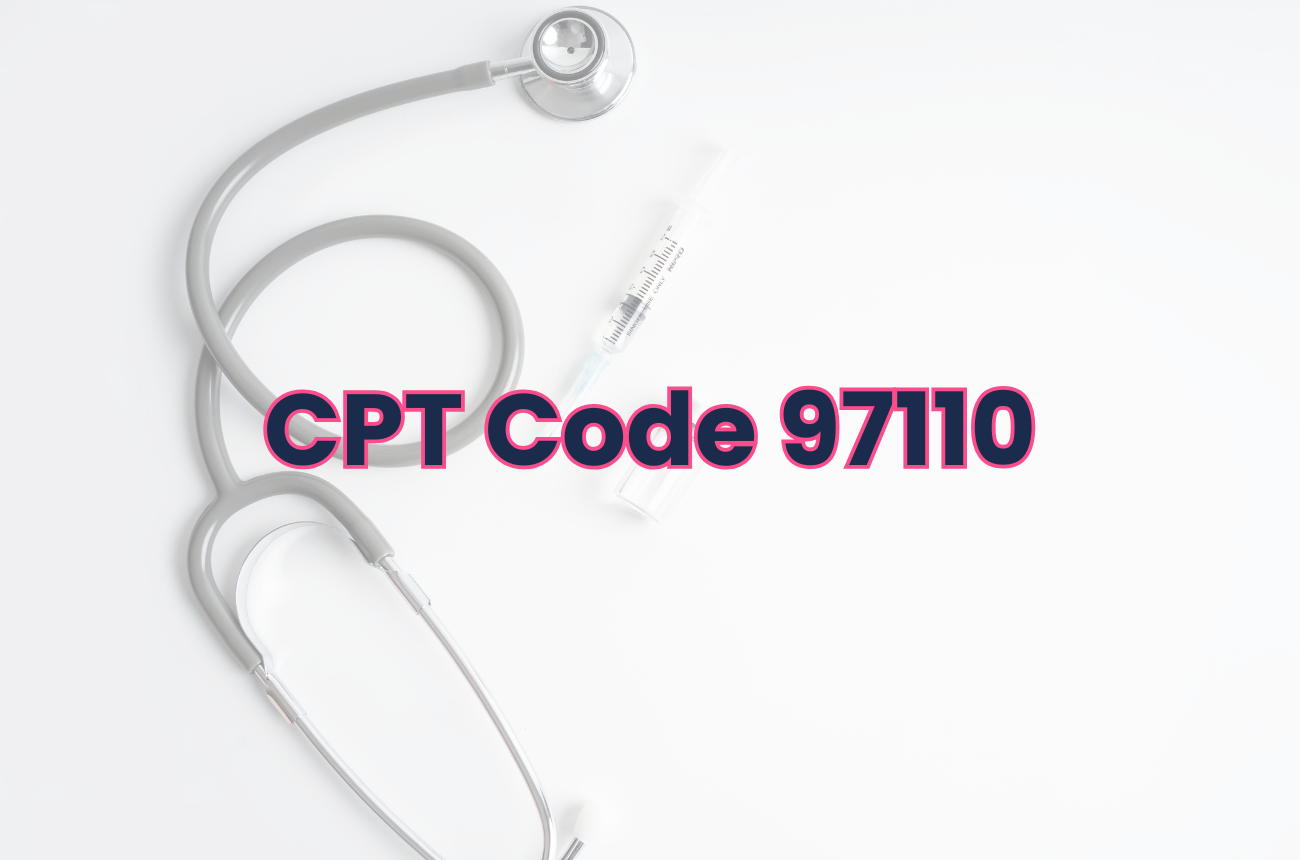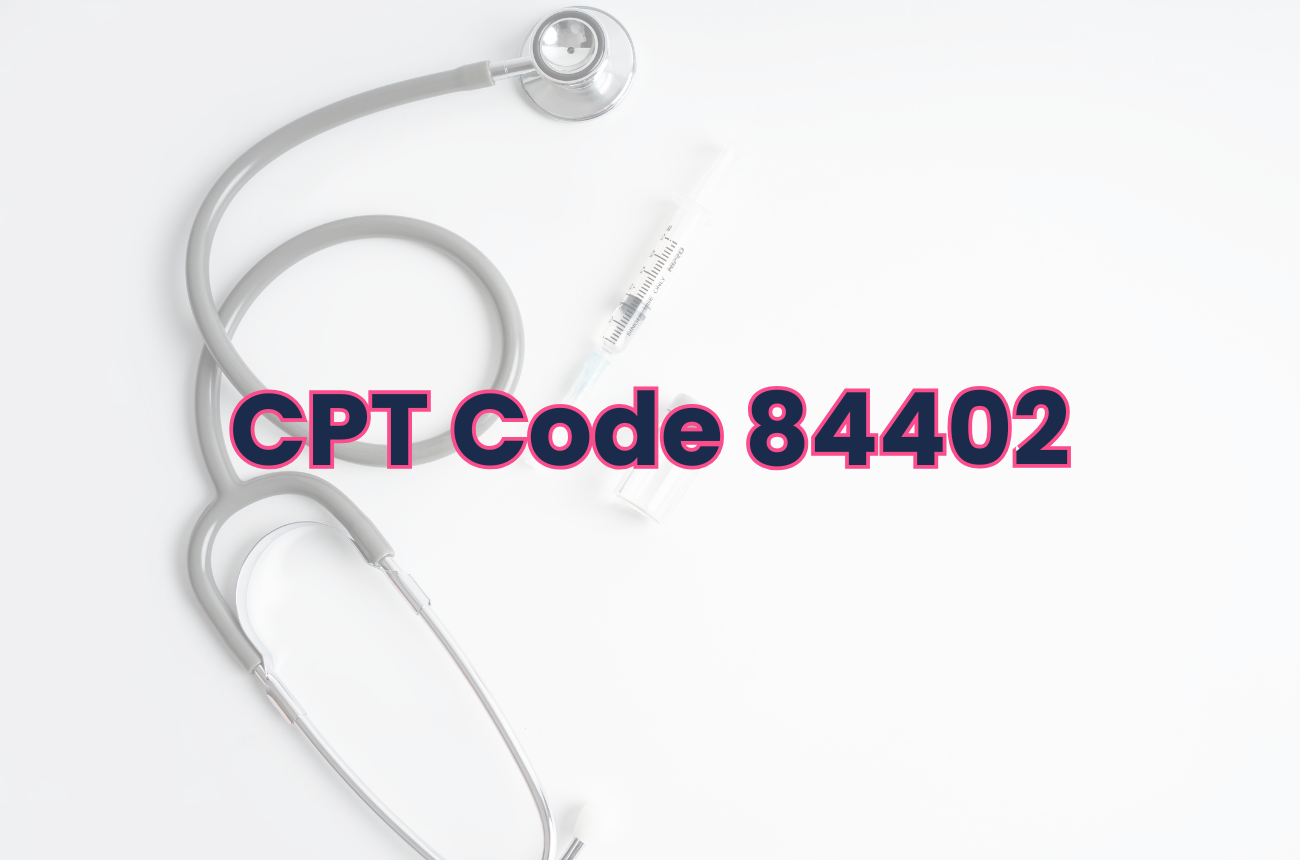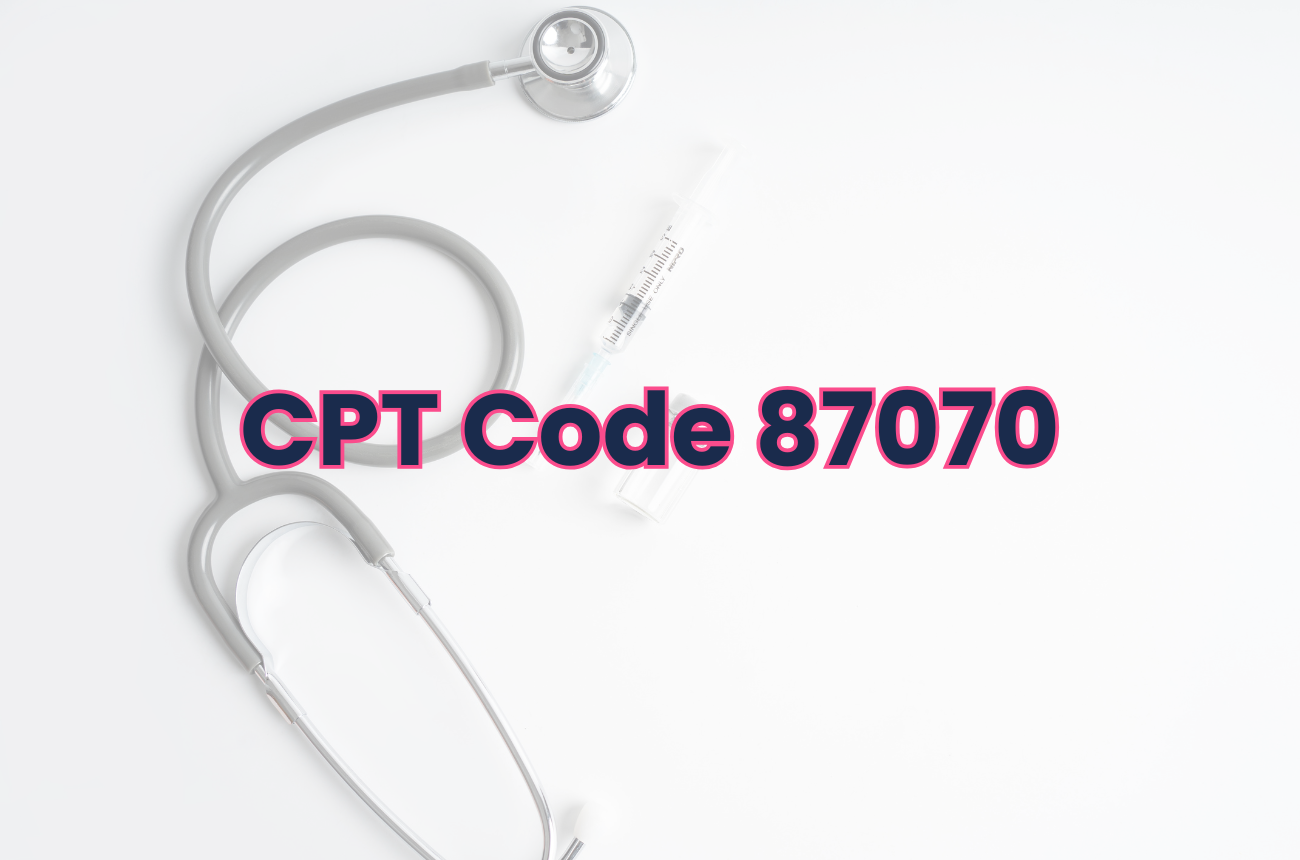CPT® code 97110 is used to report a therapeutic exercise session designed to develop or restore a patient’s strength, flexibility, endurance, or range of motion. This code is frequently used by physical therapists, chiropractors, occupational therapists, and other rehabilitation specialists in outpatient settings.
What is CPT Code 97110?
CPT code 97110 describes one-on-one therapeutic exercise that is prescribed to help patients improve musculoskeletal function through active movement. These exercises may be aimed at increasing strength after an injury, improving flexibility post-surgery, or restoring mobility following a neurological event.
Sessions billed under 97110 are typically hands-on and require the provider to give constant attendance—offering cues, feedback, or adjustments in real time. This code is billed in 15-minute increments, with documentation required to specify the total time spent and the medical necessity of the intervention.
Common examples of therapeutic exercises include:
- Resistance training with bands or weights
- Active range-of-motion exercises for post-operative joints
- Core stability routines for patients with low back pain
- Stretching programs to improve functional mobility
When to Use CPT Code 97110
This code should be used when the therapeutic activity is structured, individualized, and aimed at addressing functional deficits—such as limited movement, muscle weakness, or reduced endurance. Providers must document why the exercise is necessary for the patient’s condition, the type of exercises performed, and the total one-on-one time with the patient.
Insurers typically require progress notes that show measurable improvement, a plan of care, and updates to justify continued therapy under this code.
CPT 97110 and Medical Necessity
To meet documentation requirements, the therapeutic goals must be clearly outlined and linked to the patient’s condition or injury. For example, strengthening exercises for a post-ACL repair or range-of-motion exercises for frozen shoulder must be justified within the clinical context of the patient’s treatment plan.
Payers often scrutinize this code for overuse or lack of progress, so having objective outcome measures—like strength grades, goniometry, or endurance testing—can support medical necessity.
Streamlining Therapy Billing and Documentation with OptiMantra
For clinics offering therapeutic services like those billed under CPT 97110, accurate time tracking and clear documentation are critical. OptiMantra simplifies this process with:
- Custom SOAP note templates tailored for physical medicine and rehabilitation
- Integrated CPT code mapping to streamline coding and billing
- Time-stamped treatment session logs
- One-click claim generation and clearinghouse submission
With OptiMantra, therapy-focused practices can spend less time documenting and more time helping patients recover—while ensuring compliance, accuracy, and timely reimbursement.
Try OptiMantra for free here!
.png)





